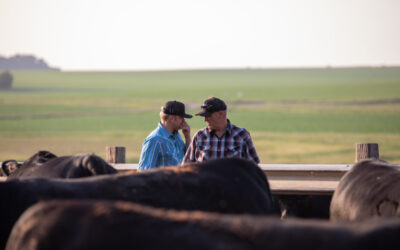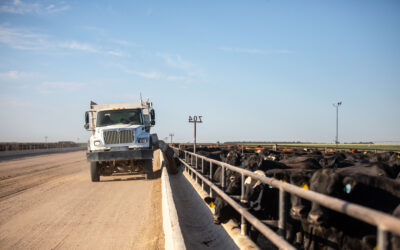
One-man show, part I
His answer was in reference to heifer selection, but it fits the cowman’s character.
“Sure I’m a little old fashioned,” he’d tell me later. As if I couldn’t tell.
We’d spent the better part of the summer’s morning gathering video, capturing sound bites, but mid afternoon was more relaxed, the questions unplanned.
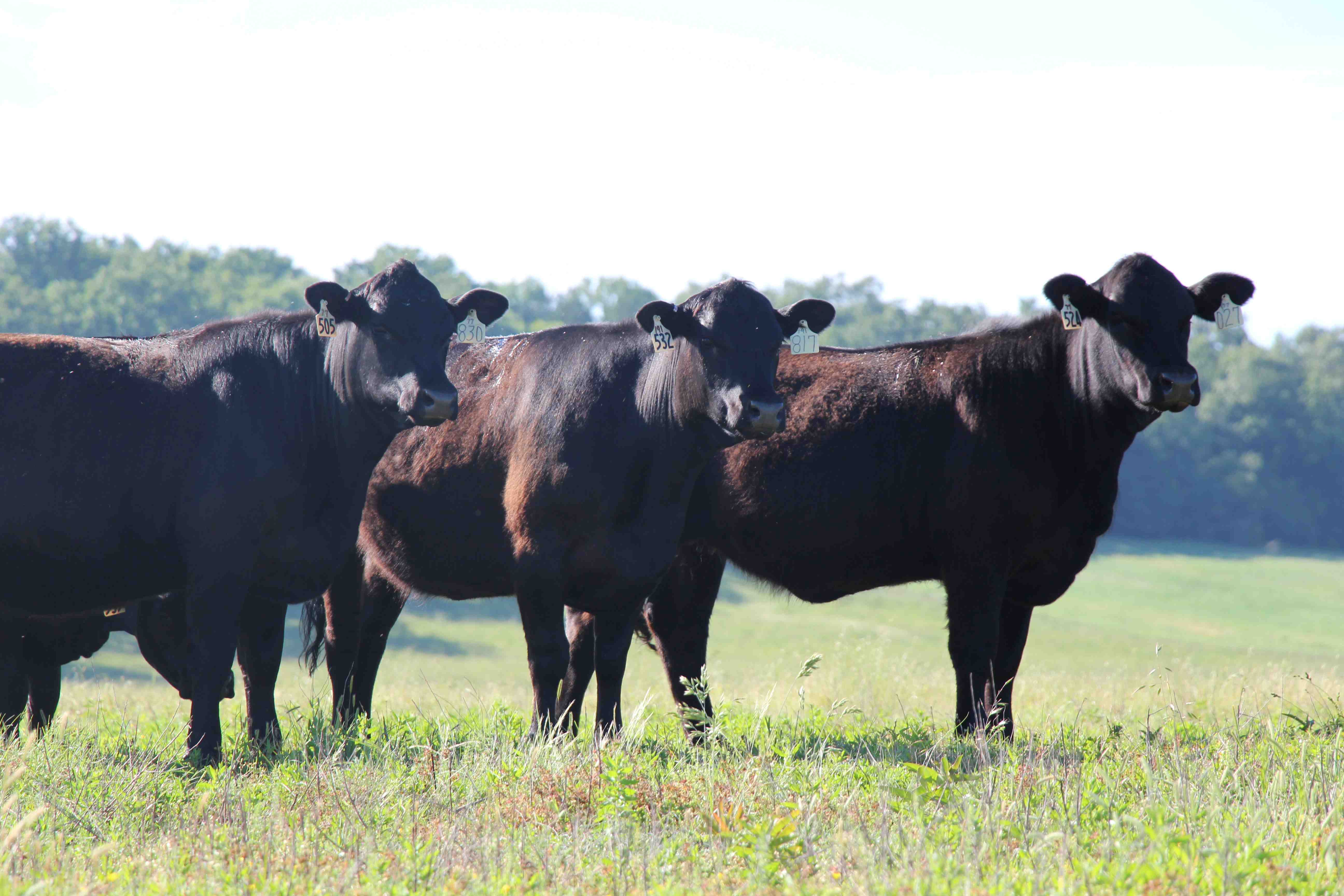
“It’s all I ever wanted to be from the time I was a little bitty kid,” Jim says of graduating college, returning to the family’s Charleston, Ark., ranch full time. There’s a mystique that surrounds the American cowboy, “and I got to live that dream on a daily basis. We’re really out here, horses and all.”
To use “we’re” is typical of Moore. Slow to take credit, he’s quick to tell you he wouldn’t be spending days in green pastures were it not for his father and grandfather before him. His wife Missy, and their three grown kids, they know sacrifice, too.
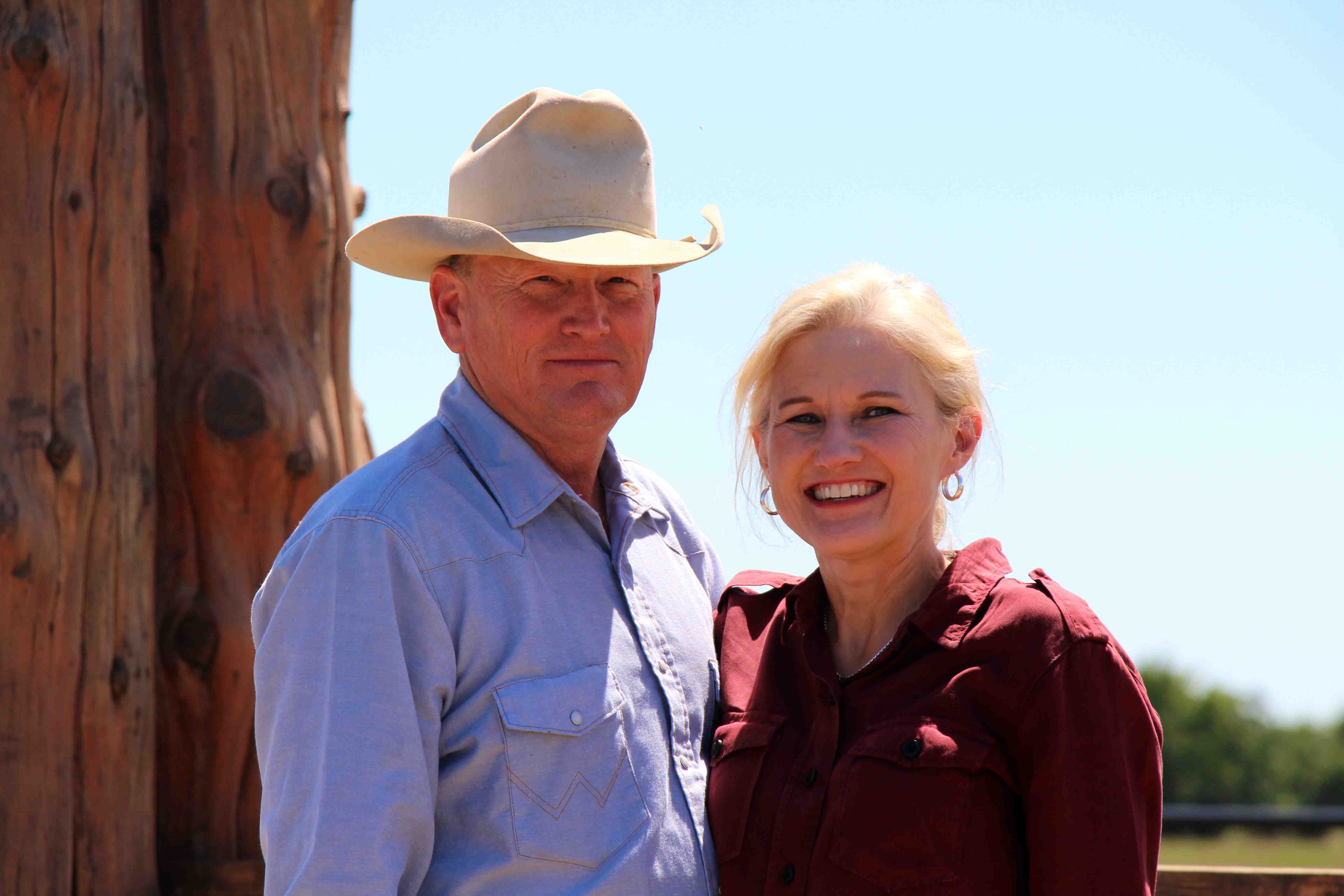
The reality is “most of the time, I’m working by myself,” Jim says.
I believe him. He knows his cattle well.
Right now it’s about prioritizing, he’ll explain. With his father retired and his children away, it’s committing to what’s important and following through with it no matter the obstacles.
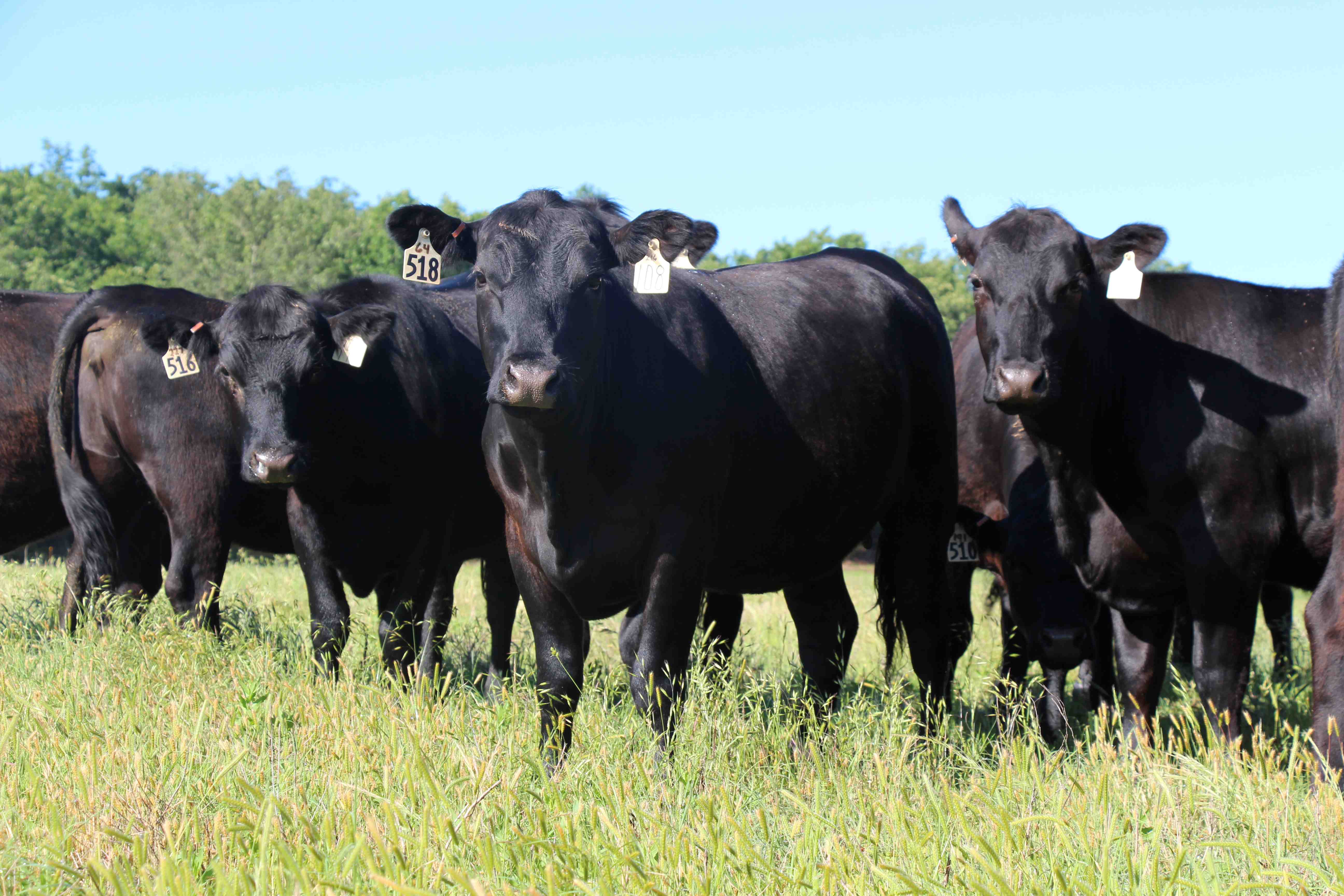
“The thing about the Moores is, it’s them, it’s their deal,” Jerry Jackson says. The manager of Stampede Feeders, Scott City, Kan., where the family sends two pens of cattle every fall, has seen it firsthand. “They don’t sit inside the office and tell everybody else to go to work.”
To the contrary, Jim asks for critique before getting up and fixing the problem himself.
“We have to be critical of ourselves if we want to improve,” he says. “What I want to hear is the truth.”
That’s one of the reasons he started feeding cattle. Why he uses the Zoetis GeneMax® Advantage™ test on his heifers.
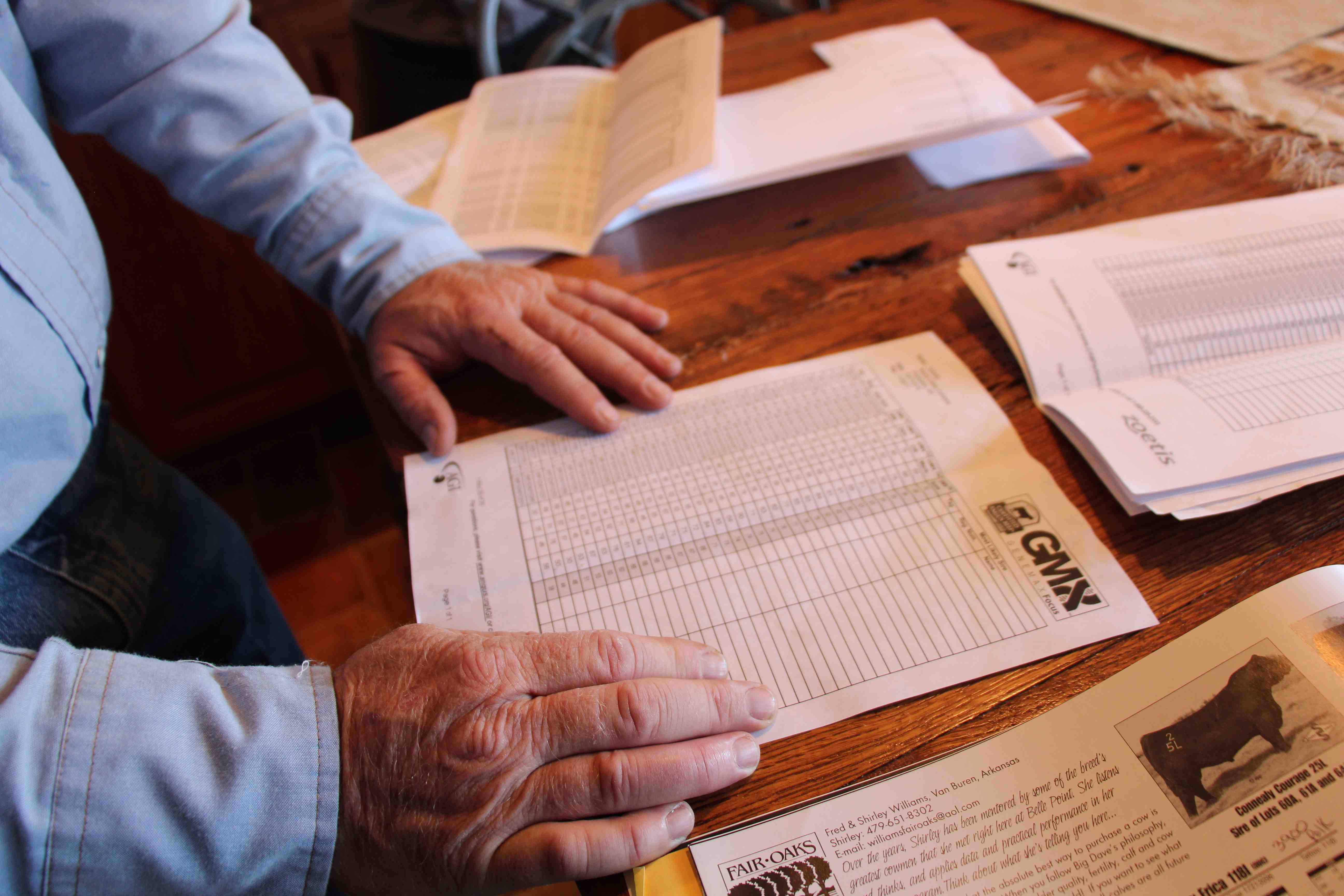
“That test, it’s not to find the good ones,” he says. “It’s to find the ones that are fooling us. I think it’s common to want to focus on the top end, but we learned the bottom is where you can improve the most.”
Eliminating by visual appraisal and later on GMX results gave way for young heifers with more proven potential to solidify their spot in his herd. Last year, 39 of 40 calves whose dams had been tested went CAB and Prime.
“We’re committed to selling as many high-quality pounds as we can sell,” he says.
As a team or on his own.
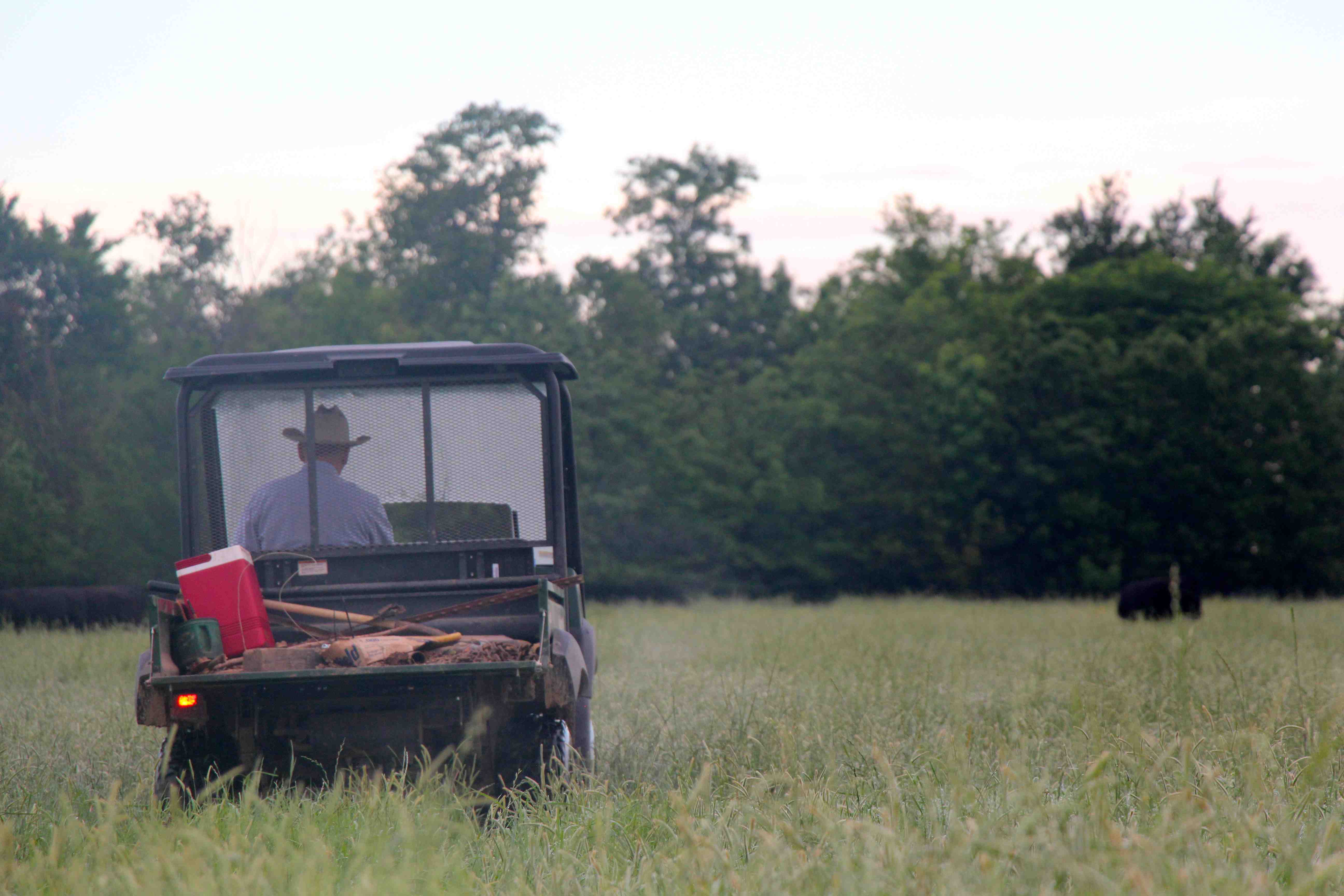
Thanks for allowing me to tell your story,
Laura
PS – To learn just how he’s made that commitment a reality and moved acceptance rates up, check back tomorrow. To read more about the Moore’s Arkansas Angus cattle, grab a copy of the October issue of the Angus Journal.
You may also like
System Over Scale
For Dallas Knobloch, it’s not about being the biggest feedyard—it’s about building a high-quality system that works. Today, with Tory’s wife Sadie and daughter Ivy, the Knobloch family owns and operates 4K Cattle. They feed 2,500 cattle at eight locations within 10 miles of home, manage 1,000 acres of crops and run a 125-head cow herd, all near Hills, Minn.
Data-Driven Progress and Partnerships
Discussions at Feeding Quality Forum reaffirmed the industry’s commitment to quality, transparency and innovation. With record Prime rates and strong consumer demand, producers who invest in genetics, health and relationships are positioned to drive progress and capture premiums.
Feeding Quality Forum Dates Set Earlier in August
When you’re feeding cattle, it counts to keep track of every calf, pound and dollar. Beyond the event’s educational sessions, networking between segments of the beef supply chain is invaluable—from feeders and cow-calf operators to allied industry and university researchers.

